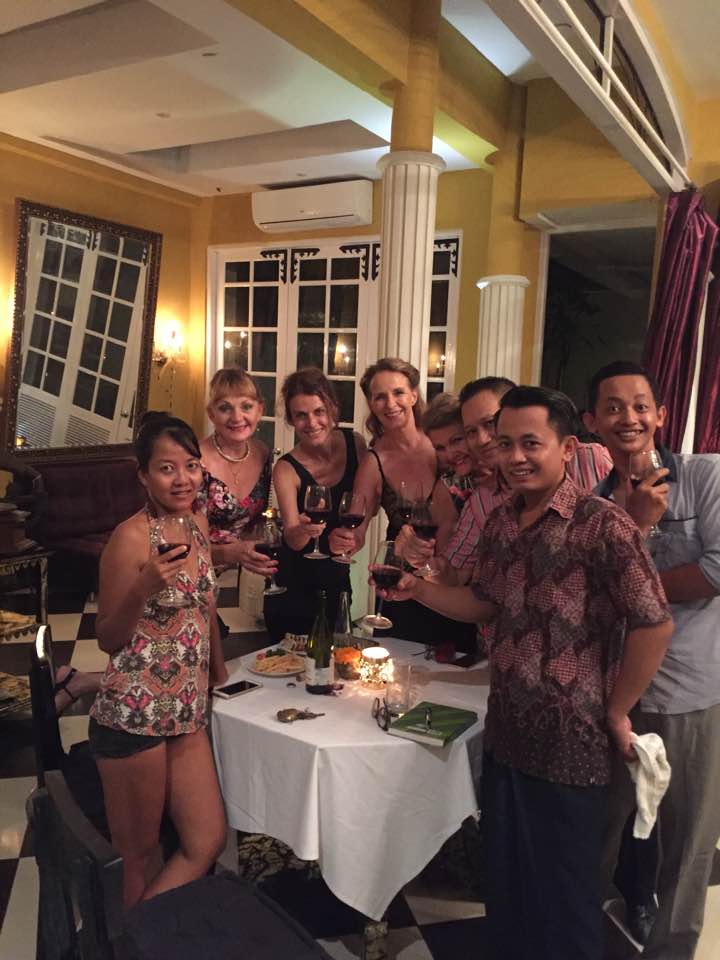When you are planning to create a tango community or anything tango related, for example; a Milonga, a Practica, a tango school, a shop for shoes..clothing, be very clear about your motivation.
First of all “earning money” is not a desirable motivation. If earning money is your absolut need, then it is probably much better to link this need to another topic.
What is your motivation?

When you are looking for a constant income from tango, high enough to make a living, make sure the existing tango community is big enough to offer you a wide audience.
Tango is such a small niche with a big amount of competitors. And because the cake is small and the consumers are a lot, be always ready for an unfriendly situations to appear.
Be realistic and ready to invest hours of work, money and loads of frustration on your way.
As a tango organiser always keep dreaming.
Your dream is a dream and dreams come true with illusions and imaginations to manifest. Always come back to your dreams in your silent moments.
Think good thoughts in the most toughest times.
I know what I am talking about…….. this is the hardest thing to do, but it is possible.
Always ,when clouds hanging dark over you, believe that the sun is just taking a time out.. and yes, rising full force soon again.

How to succeed with your plans.
It’s hard to get things moving , many unessesary discussions, different opinions, big announcements no follow up doings, all these back slashes can give an organiser enough reasons to turn into a single fighter.
Do not give in to this challenge.
A tango community involves all people , those you like, those you don’t. It is suggestable from the beginning not to get controlled by own personal likes and dislikes.
It is important to keep united in the tango community.
This should be always first goal in daily quarrels. Finding solutions for all troubles. Splitting up in small individual groups does not make sense when the tango community is small.
Building competition between organisers can be only successful when a big mass is already existing. Tango in many places has no mass.
The crowd and the tango organisers need to have a healthy size in relation to each other, in order to functionate.
Tango is a niche. Specially in the beginning of a just newborn community, it is most vulnerable.
Having to many tango organisers around they will fight about the little amount of tango people and intrigues will find a fertile soil.
Individual interest can be successfully fulfilled after the scene is big enough to receive competition.
When the time is ripe the scene will just thirsting for new milongas to open .
When this happens, tango organisers still shall function as a whole, not against each other. Even in cities like Buenos Aires, tango organisers join to discuss their problems and strategies together.
Nice energy in a milonga.
A regular number of men and women is necessary to create a positive ambience , and this is only granted, when all pulling the same string.
We have learned that splitting up from a core group to follow individual interest against the community interest, will not lead to success .
What can be done as tango organisers.
It takes 6 steps creating a tango community .
1. Form a team.
Find people with similar interest. Listen to their inputs. Inputs of men and women, inputs of advanced dancers and beginners. Best is to listen to all.
This does not mean we can follow all inputs. But all inputs will be taken in account, when they are serving the main goal. From all the inputs develop a strategy.
2. Calculate the budget.
Check out the amount of money which is necessary to run the project.
Dancer fee, entry fee, class/practica fee , teacher fee, guest teacher fee/ Dj fee
3. Specificate status of members.
Clarify obligations, fascilitations, resonsibilities and benefits regarding active and passive members.
Who belongs to the actives and who belongs to the passives.
4. Structure and distribute tasks.
Appoint team members tasks with certain resposibilities , obligations but also fascilitations and benefits.
Who is doing what, what are the responsibilities, how much to pay and what to receive in return.
5. Small teams inside the core group.
Create special teams inside the core group to reflect and research about certain topics. Special events, guest teachers, fundraiser and new members recruitments and so on. This helps to increase motivation between your peers.
6. Make a long term strategy.
From the small teams’ results , develop a long term strategy, a yearly plan.
Schedule some fix dates as cornerstones. Schedule events and general meetings, when all team members are available, if possible.
Members to match their time with each other.
Visit the Bali Tango Community here
KEEP TUNED FOR MY NEXT BLOG – THANK YOU FOR SUBSCRIBING